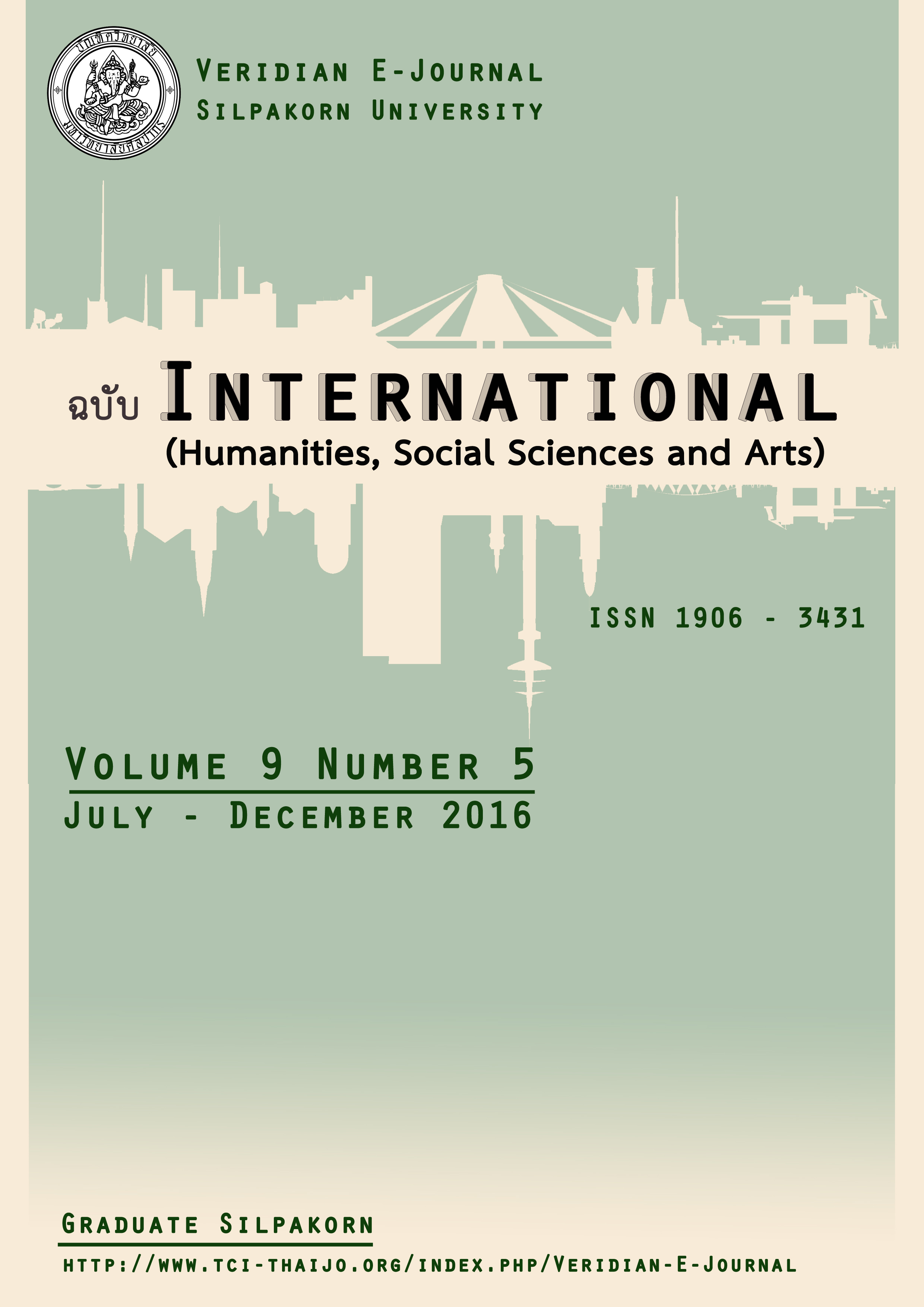The Education Provoded By The Local Government: A Comparative Cases Study Between Japan And Thailand
Main Article Content
Abstract
The research aims at investigating the administration of some local schools (both Japan and Thailand) those implemented and managed by the local government body In this research, the data were collected from 20 school staffs namely, school directors, the heads of the school office of secretary divisions, instructors and some students from the three kinds of schools selected those were under the local government body as the key informants. The data were collected through commonly available documents, evidence, participatory observation and interview. The studying was conducted by using the qualitative research. In addition, the research instruments employed in this study were used multi-techniques for studying such as from the documents, observing form, interviewing form. The data collection and analysis were conducted as follows; triangulation technique, analytic induction technique, and typological analysis technique. The findings were as follows:
1. In Japan, the bodies that bear responsibility for educational administration are at central government level, the Ministry of Education, Culture, Sports, Science and Technology (MEXT) and at local government level, prefectures and municipalities (cities, wards, towns and villages) as well as boards of education, which perform a leading role and are established as representative councils within each local public body to deal with educational matters those are boards of education. Contrast, Thailand the bodies that bear responsibility for educational administration in Thailand is at central government level, the Ministry of Interior, (MOI) and at the local body there are first type those were Thesaban, the basic unit of local authority in urban areas. The second type was sanitary districts (Tambol) in semi-urban areas. The third type was Provincial Administrative Organizations (PAOs) in rural areas. The fourth type was the Bangkok Metropolitan Administration (BMA) for Bangkok, the capital city in Thailand. The fifth type was the City of Pattaya.
2. The similarity and differences of providing the education by the local body between Japan and Thailand, we found that there are no major differences about the overall of education systems among Japan and Thailand. The main differences in terms of the structures of the administrations and the school organization Japan is kind of a single state with 2 levels of local government, but Thailand is a kind of single state with 3 levels of local government. Moreover, the bodies that bear responsibility for educational administration in Thailand is the Ministry of Interior, (MOI) but in Japan is responsibilities by Ministry of Education, Culture, Sports, Science and Technology (MEXT).
3. The proposed best practice of proving education by the local government was constructed by the information and research findings both No.1and No. 2 as mentioned. The proposed best practice is quite possibly suitable for providing education by the local under Thai-context.

